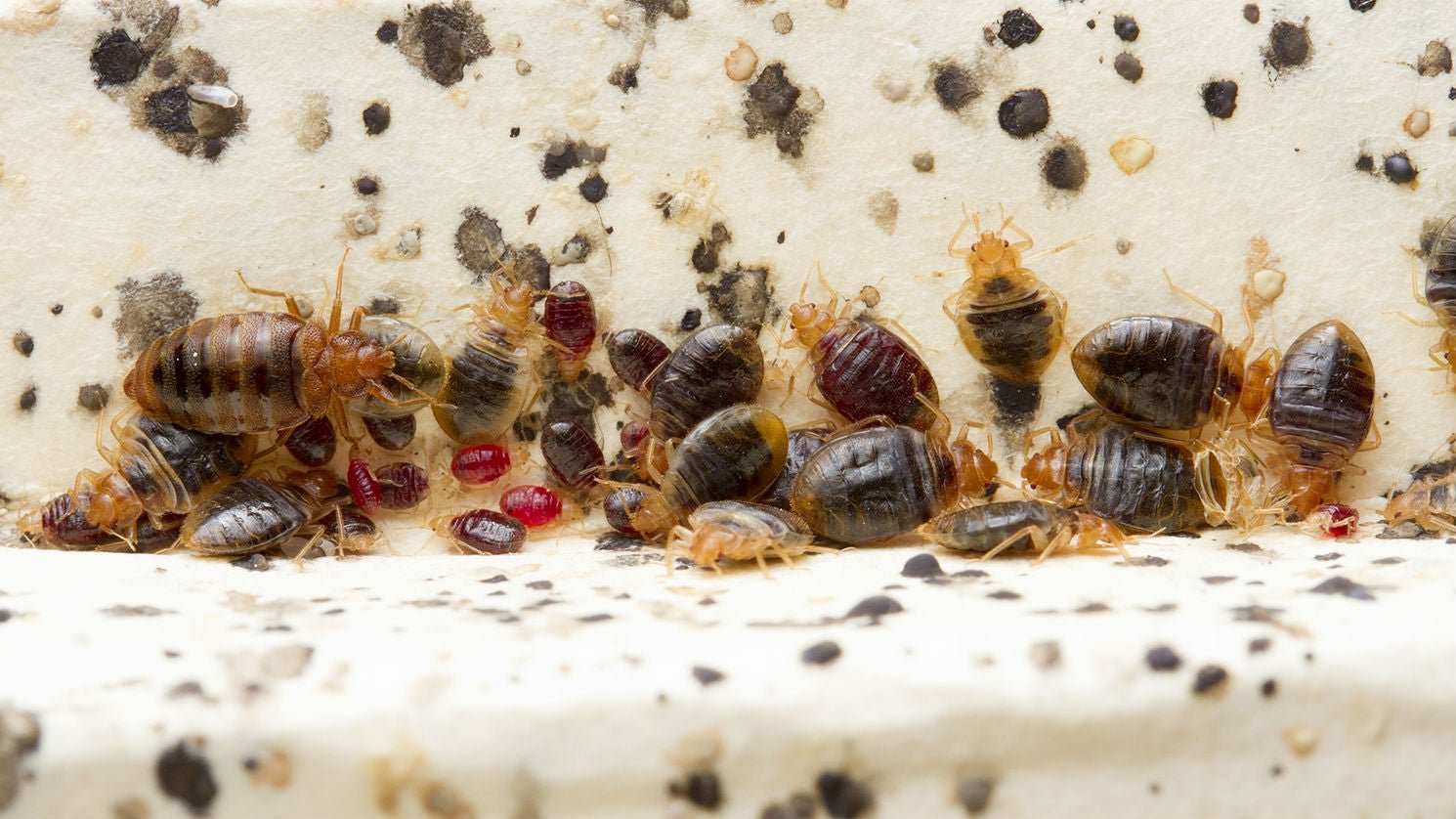Even after you get rid of bed bugs, chemicals in their waste lingers for months
After bed bugs are eradicated from an infestation, they leave behind a potentially unhealthy souvenir that lingers in the air for months afterward.


After bed bugs are eradicated from an infestation, they leave behind a potentially unhealthy souvenir that lingers in the air for months afterward.
New research from North Carolina State University shows homes that have been treated for bed-bug infestations have levels of histamines, the chemicals responsible for allergies and other immune reactions, up to 20 times higher than homes that had never been infested. Although bed bugs can be successfully eradicated through heat treatments, these histamines can remain in household dust for as long as three months after the insects are gone. The new study, published Feb. 12 in the journal PLOS One, suggests that exterminators need to develop a treatment for bedbug infestation that involves a deep cleaning to rid the home of these extra chemicals.
Bedbugs produce histamines as a way of signaling to one another for mating or warning purposes. They excrete them as waste in the folds of fabric where they make their homes.
Histamines are all too familiar to those with allergies of any kind. The human body produces them to, in theory, prep the body for an external, microbial threats. People with allergies, however, produce too many, and as a result become swollen and snotty, and sometimes end up with constricted airways due to extra inflammation in the respiratory tract. External histmaines can also cause allergic reactions, including the skin rashes, itchy eyes, and runny noses some people experience when around types of grasses.
For this new study, researchers collected samples from 14 apartments that had previously had infestations, and nine that didn’t, from an apartment building in North Carolina. They also took samples from five different houses that had no history of bedbugs, to serve as a control (since the other nine non-infested samples were in the same building as the previously infested samples).
Because bedbugs are notoriously resistant to pesticides, treatment involves essentially roasting the insects. Exterminators crank the heat up to 122°F (50°C) for four hours and circulate the hot air with fans. The North Carolina team found that after three months, homes that had been successfully treated for bedbugs had an average of 54.6 micrograms of histamines per 100 milligrams of dust. Homes that never had bed bugs only had about 2.5 micrograms.
The researchers didn’t look at how these chemicals may have been affecting the people living in the homes that once had bed bugs. There also hasn’t been much previous work on the effects of bedbug histamines on people. But given the body of work on other types of histamines, it wouldn’t be all that surprising if people living in homes with previous bed bug infestations continued living with symptoms similar to allergies after their homes were treated.
It’s all the more reason to avoid bringing them into your home at all costs if you can. If you do end up suffering from an infestation, it’s probably best to bring in a deep cleaning crew to get rid of any remaining dust after exterminators kill and remove all the insects.